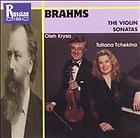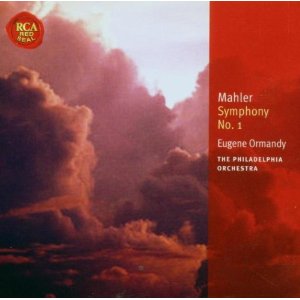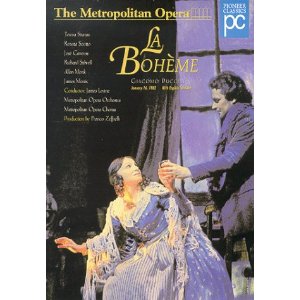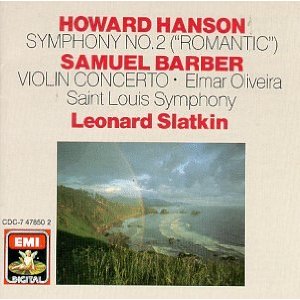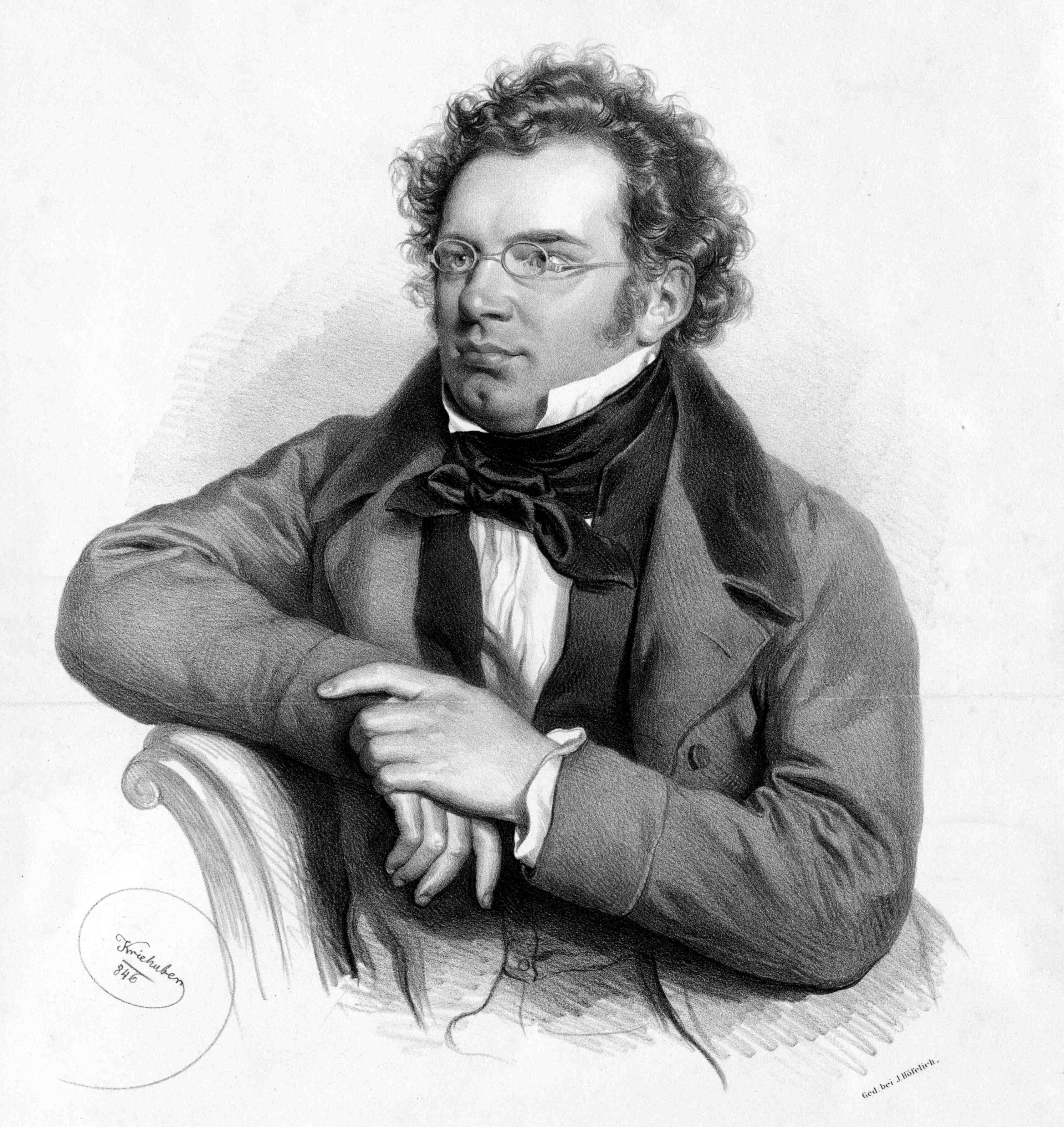Robert Schumann’s Kinderszenen, Opus 15 (“Scenes from Childhood”) supports the adage that good things can come in small packages. Schumann wrote this set of thirteen short pieces for solo piano in 1838 as adult memories of childhood. Rooted in an ethos of Romanticism, each piece evokes a distinct mood. In this highly economic music a single chord can create great drama and every note seems perfect.
Let’s listen to the first piece in the collection, Of Foreign Lands and Peoples. It’s performed here by Lang Lang:
Did you notice how the music plays with our expectations? It constantly searches for the right notes and chords that will lead to an ultimate goal. The fun lies in how we get to the moment of resolution.
Schumann starts with a five note motive that leaps up in pitch and then falls back (B, G, F-sharp, E, D). The bass line, which mirrors the melody in contour and the harmony combine to give us a sense of “moving away and coming home.” Increasing our expectation, the same motive and harmony are repeated (0:05). Then, trying a third time (0:09) the music finds a solution to its own resolution (B, G, E, D, C) and returns home (0:16).
This “A” section repeats. Then a contrasting “B” section starts at 0:34. You’ll notice that the five note rhythmic motive is the same, but now it’s in the bass line. At 0:48 listen to the way the music seems to be completely “lost”-unable to find its way back to the “A” section. Like the dreamlike haze of a distant memory, it evaporates and we are suddenly back in the “A” section.
The most famous piece in the Kinderszenen cycle is the seventh, entitled Traumerei or “Dreaming.” Composer and pianist Rob Kapilow provides a great analysis here. Here is Vladamir Horowitz performing Traumerei in concert:
https://www.youtube.com/watch?v=cYdQbyim9hY
You can find a recording of Lang Lang performing Schumann’s complete Kinderszenen at iTunes and Amazon. Here is a clip of Horowitz performing it in concert.



